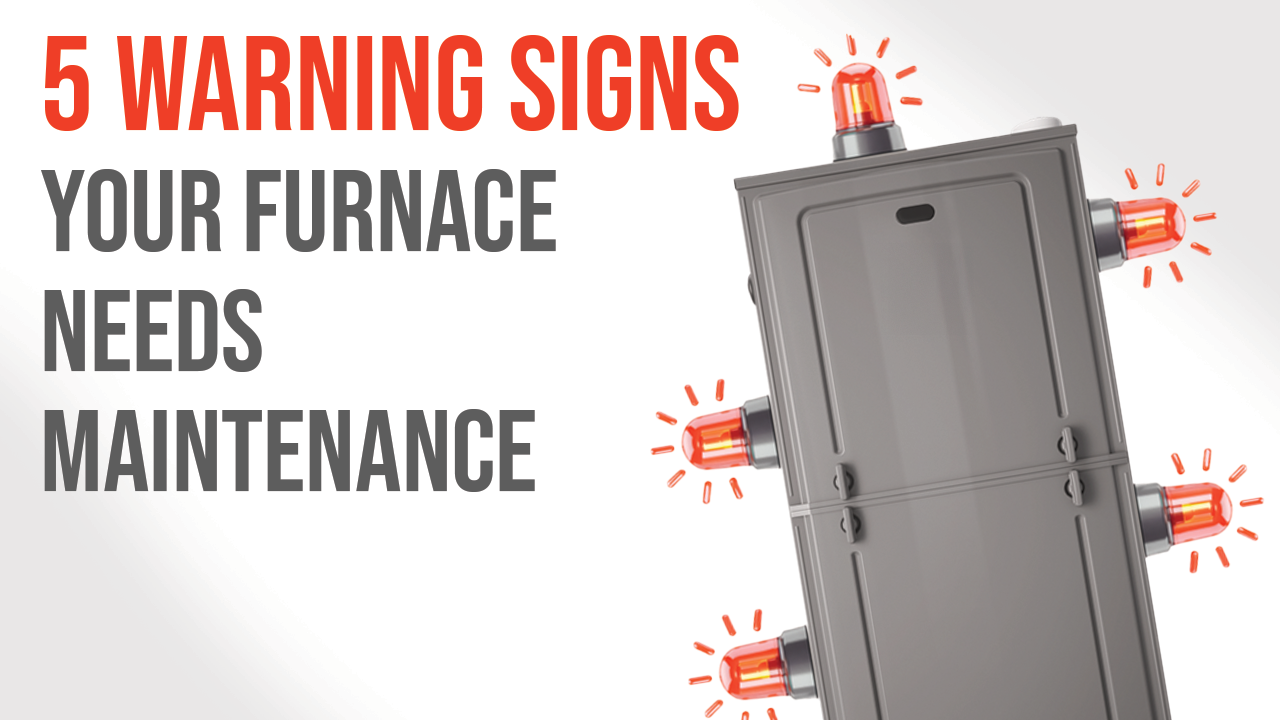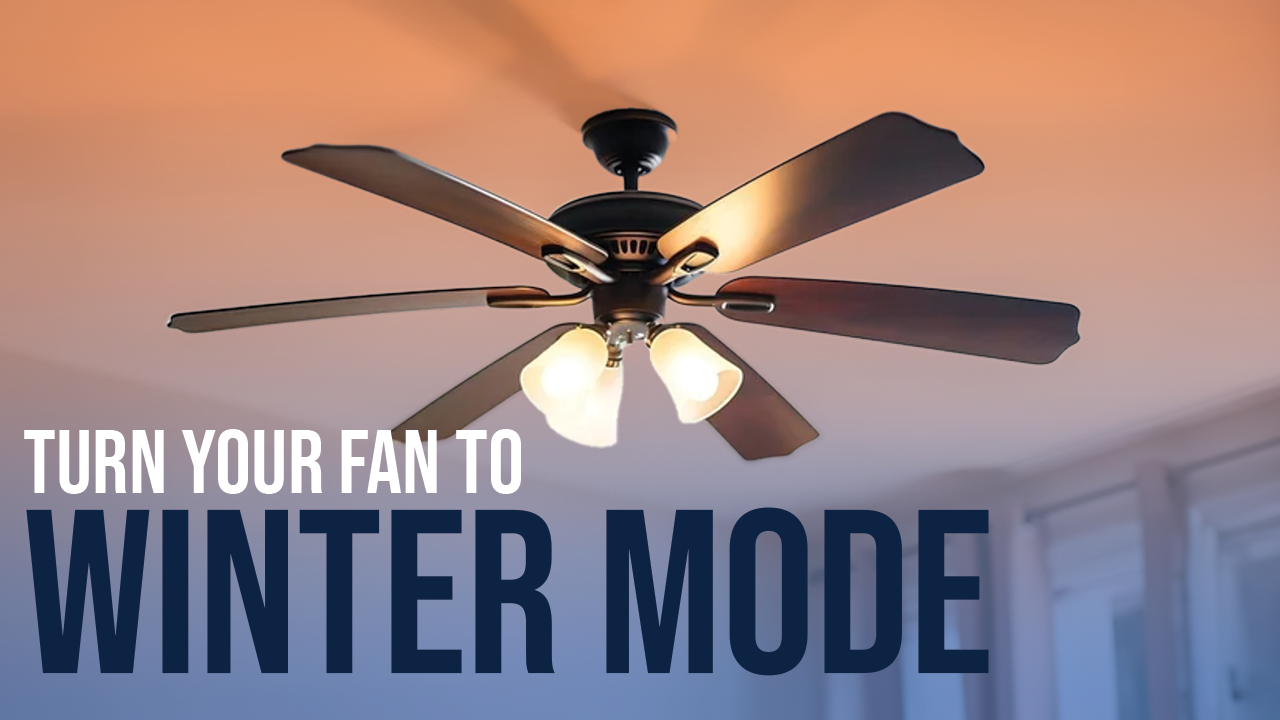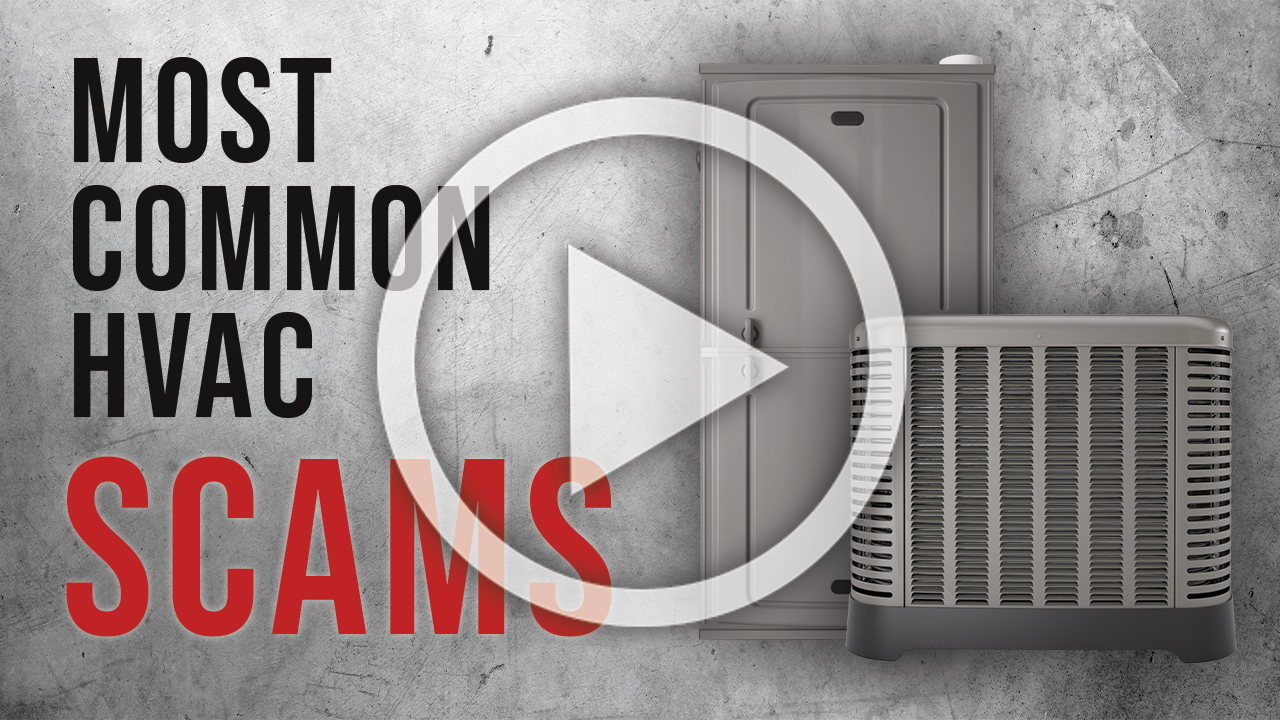Updated January 17, 2024
Temperatures are falling now as Iowa starts to get ready for the seriously cold weather of winter. If you are considering putting in a new heating system for your house, now is the time to have it scheduled with our team. Our installers can help you have a new heater put in so that you can enjoy it through all the months of the coming winter—and many winters to come.
The Big Choice with Heating
However, you’re going to face some important choices when it comes to a new heating installation. You can always choose to have your current one replaced with a similar system. Honestly, that’s often the best option. If your home has received excellent service for years from a gas furnace, it’s simple for professionals to put in a new gas furnace. (And probably one that works at higher energy efficiency than the old one ever did! Look at these current ENERGY STAR requirements.)
But change can also be good, especially if you have new ideas on how you want to heat your home—and how much you want to spend doing it. If you’ve been using a forced-air heater, maybe it’s time to consider the big change to a radiant heater.
What’s the Difference between Radiant and Forced‑Air Heating?
Forced-air heating is a blanket term for heating through convection, i.e., heat transferred through the air. Specifically, a forced-air heating system uses a blower fan to send around air that has its temperature raised. A furnace is the most common type of forced-air heater. Heat pumps and ductless mini split are also forced-air systems.
Radiant heating works off the principle of raising the temperature of an object in a room and then allowing waves of heat to radiate (ah, there’s where the name comes from) into the rest of the space. The heat waves then warm any object they come into contact with. Radiant heating systems are usually powered by a boiler that sends heated water to terminal points: baseboard heaters, radiators, or in-floor piping.
Is One Better Than the Other?
Not necessarily. It depends on your home and personal heating requirements. In general, radiant heating is more energy-efficient because water is a better heat transference medium than air. It also spreads heat more evenly through space. But it can be expensive to change a house from a ducted forced-air system over to using a boiler. Often, radiant heating is better suited for new construction projects.
What We Offer
We’re proud to serve the homes of Ankeny with all types of heating system installations. Of course, we work with gas furnaces—they’re the most common home heating systems, after all. We also work with other forced-air heaters, such as heat pumps, hybrid heat pumps, ductless mini splits, and electric furnaces. But we’re experts with radiant heating systems as well. We can put in copper baseboard piping, conventional radiators, or complete in-floor piping. It depends on how extensive a change you want when you make the switch to radiant heating.
To talk to experts who can help you find the right type of new heating system installation in Des Moines, IA for your home, get in touch with Golden Rule.
Contact Us Today for Heating Service!
If you found this post helpful, check out the importance of regular HVAC maintenance:


As the temperatures drop and winter approaches, ensuring your furnace is in top shape becomes a priority for homeowners. A well-functioning furnace keeps your home warm, your... Read More

As winter rolls in, many of us instinctively reach for the thermostat to stay warm. But did you know your ceiling fan can be an ally in... Read More

Watch Out! Don’t Fall for These HVAC Scams Hey there, homeowners! Are you worried about keeping your home comfy and cozy without getting duped by shady... Read More